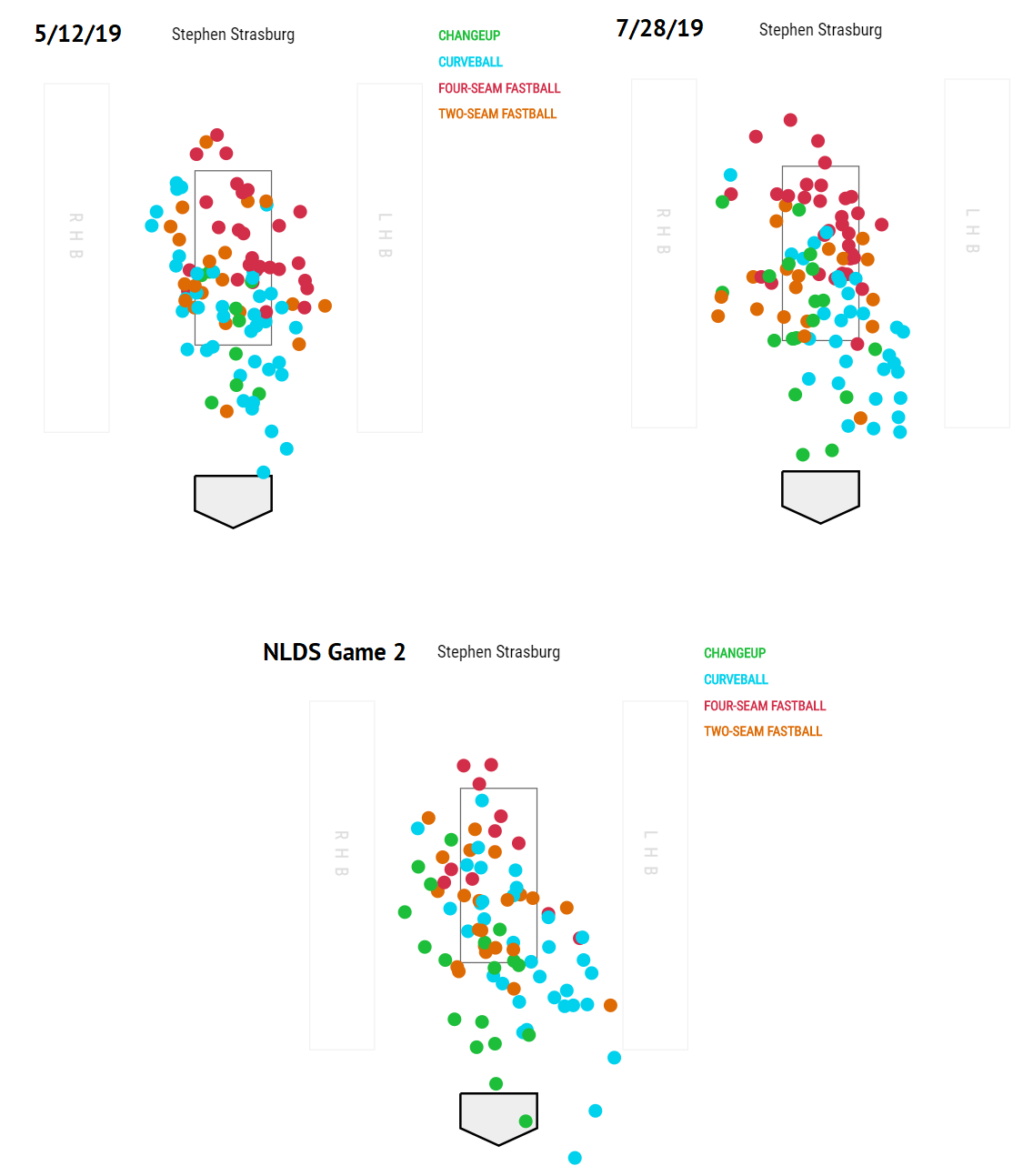Faith, Hope, Etcetera in St. Petersburg
When the Tampa Bay Rays took to Tropicana Field this afternoon to play a do-or-die third game in this ALDS against the Astros, it had been almost six years to the day since they’d held a lead in a postseason series. That was in Game 4 of the 2013 ALDS. They had dropped the first two games in Boston, dominated by Jon Lester and John Lackey, sunk by two terrible starts from would-be aces Matt Moore and David Price, hammered by Jacoby Ellsbury, Shane Victorino, and David Ortiz. From the start, the Rays hadn’t been favored to win the series, a second Wild Card team that had outplayed their Pythag by five games; after their performance in front of the hostile Fenway masses, their outlook seemed grim.
But in Game 3, things took a turn. In front of the Trop’s biggest crowd of the season, the Rays finally got a good starting pitching performance, with Alex Cobb going five innings and allowing three runs (two of them earned). Meanwhile, the offense kept it close with one pivotal swing: Face of the franchise Evan Longoria, with two on and two out in the bottom of the fifth, went deep off Clay Buchholz, preventing the Red Sox from holding onto their lead. Tampa added another run in the eighth. And after Fernando Rodney blew the save, with two out in the bottom of the ninth, Jose Lobaton walked it off. It was the kind of moment that, when teams manage to turn around a postseason series, people look back on–a hinge moment, a moment where hope really returns.
In Game 4, it was Jake Peavy for the Sox and anyone who had an arm for the Rays; for five and a half innings, the two teams traded tense zeroes. Then came a leadoff double in the bottom of the sixth for Yunel Escobar. An out later, a single from David DeJesus drove him in. The Rays, once again, had the lead. Their fate was in their hands. They had a chance of pushing the series back to Boston for a decisive Game 5, and as the Wild Card team, they knew as well as anyone that in an all-hands-on-deck, winner-take-all contest, anything can happen.
Of course, that anything never got a chance to happen. The Rays promptly lost that slim lead. They lost the game, and the series, 3-1. The Red Sox went on to be World Series champions; the Rays didn’t play October baseball again until this year. Read the rest of this entry »

 Jay Jaffe
Jay Jaffe
